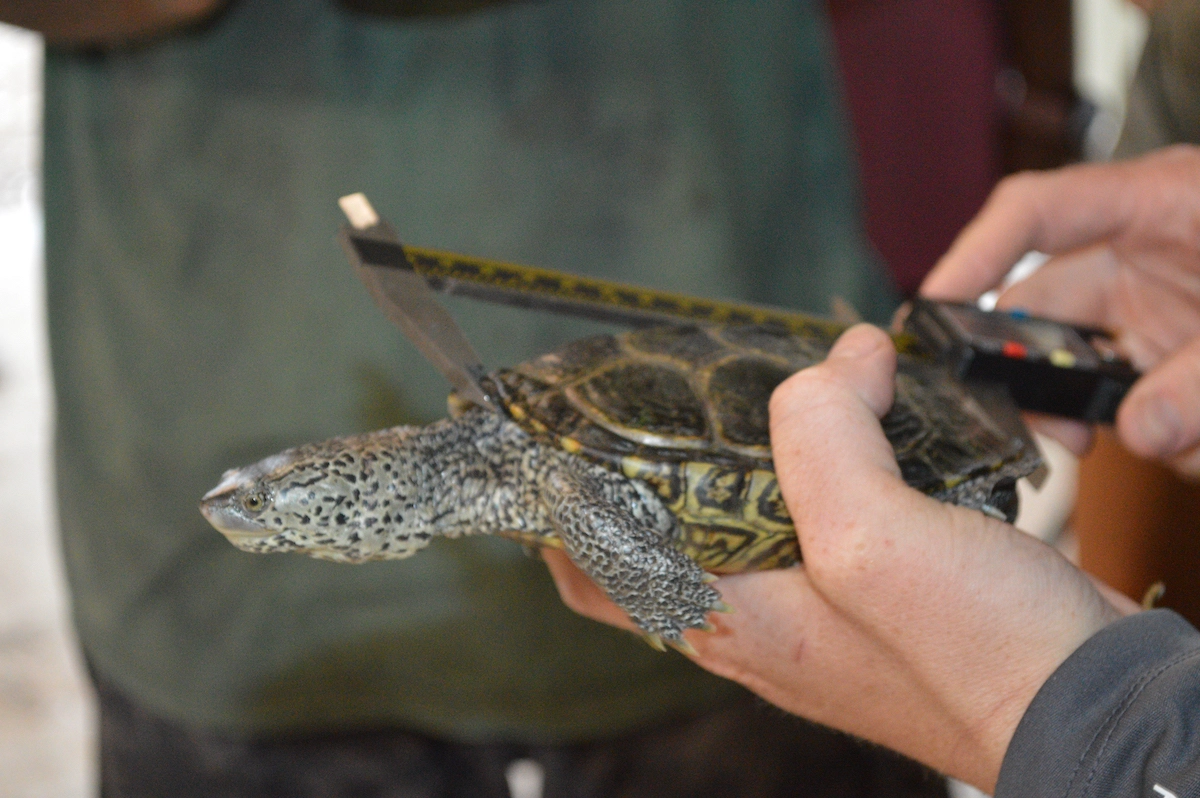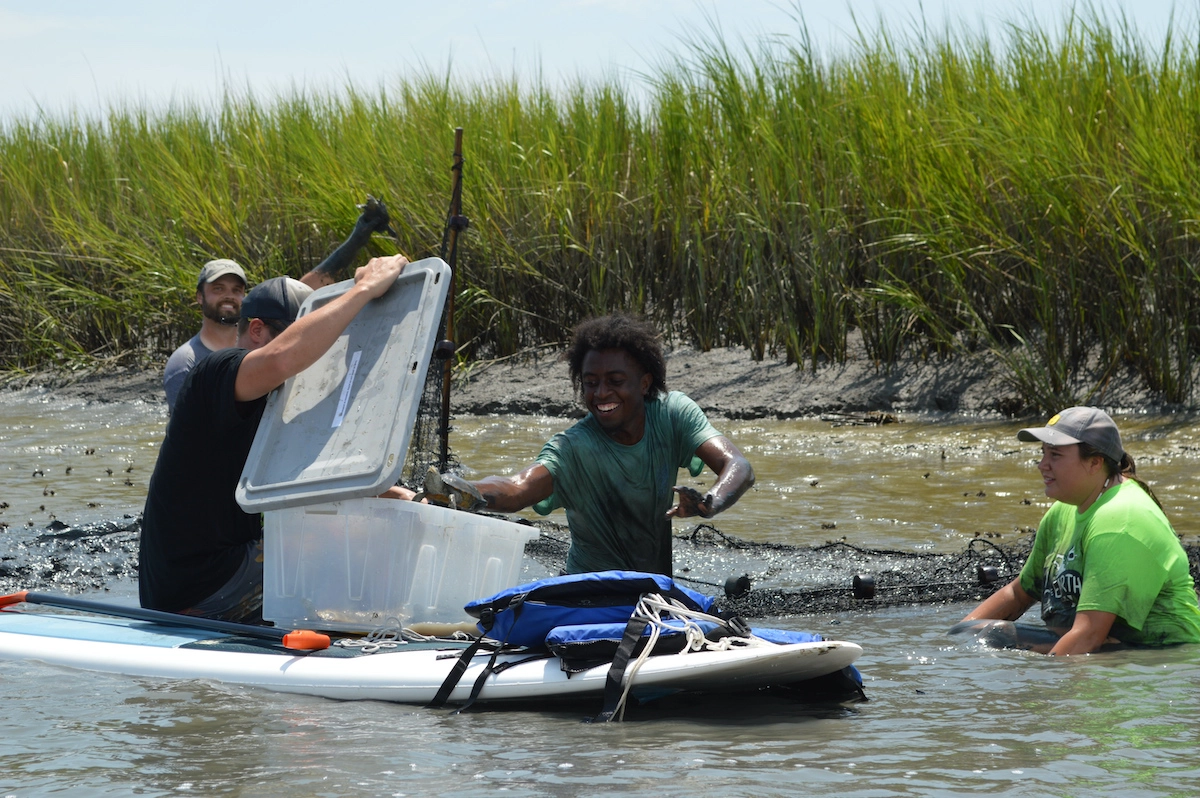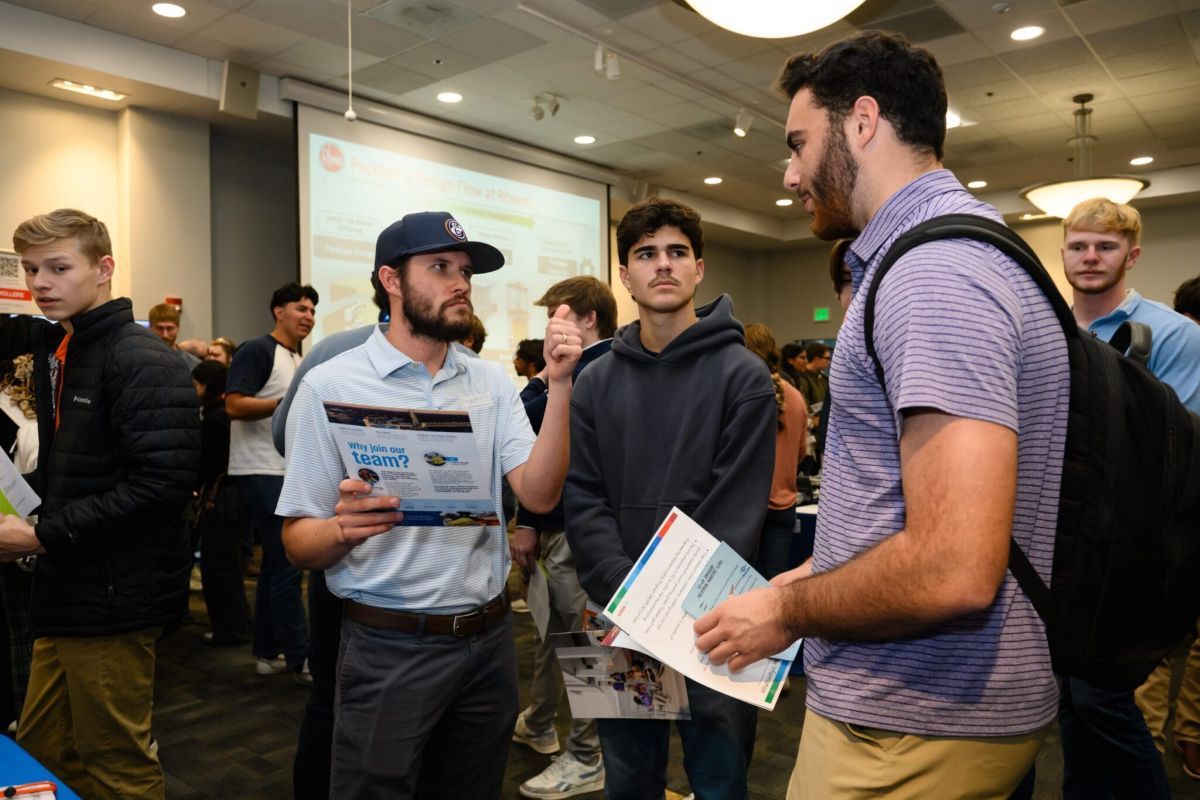By Carol Weir
Special to The Island News
A small turtle that lives in the salt marsh recently drove scientists from the University of South Carolina Beaufort, the Port Royal Sound Foundation and other institutions above their waists in pluff mud.
On August 2, 20 volunteers conducted the first terrapin survey in Beaufort County, using seine nets to catch seven terrapins (four males and three females, all adults) in about two hours. The group photographed the animals, weighed them, measured them and notched the shell of each before returning it to the creek where it was caught. For future studies, notched shells will identify individuals that have been caught before.
The turtle trackers included USCB marine biologist Tye Pettay and several of his students, a graduate student from Clemson University, and staff from the Port Royal Sound Foundation, Lowcountry Ecological LLC, Coastal Expeditions, and Fripp Island. Their survey site was Wards Creek, near Coastal Expeditions’ headquarters on St. Helena Island.

This day was a test run that may lead to a long-term Diamondback Terrapin (Malaclemys terrapin) monitoring project.
“The Marine Biology Program is planning for this monitoring to be a biannual event,” Pettay said. “Terrapins are long-lived animals so we should see the same terrapins year after year. They also give clues to the health of our local waterways.”
Additional terrapin surveys could include pristine Pritchards Island, which is owned by USCB.
“We are hoping to replicate this out at Pritchards Island and potential other sites in the Port Royal Sound ecosystem,” said Chris Keher, Science Program Manager at the Port Royal Sound Foundation and a graduate of USCB. “It’s an understudied animal and an animal that is susceptible to changes in their environment. It’s an indicator species.”
The survey volunteers set up two seine nets to span the length of a creek near Gay Seafood Shrimp Dock, and several people swam toward terrapins to encourage them to move toward the nets.
Terrapins are smaller than sea turtles and are the only turtles that live year-round in the Lowcountry’s salt marsh. Like sea turtles, terrapins have special glands allow them to secrete salt through their tear ducts.
Terrapins nest from May to late July. Hatchlings emerge from August through about October. Late nests will hibernate in the marsh; hatchlings will emerge in the spring.
All animals were handled under the required permit — Permit #SC-170-2024.






